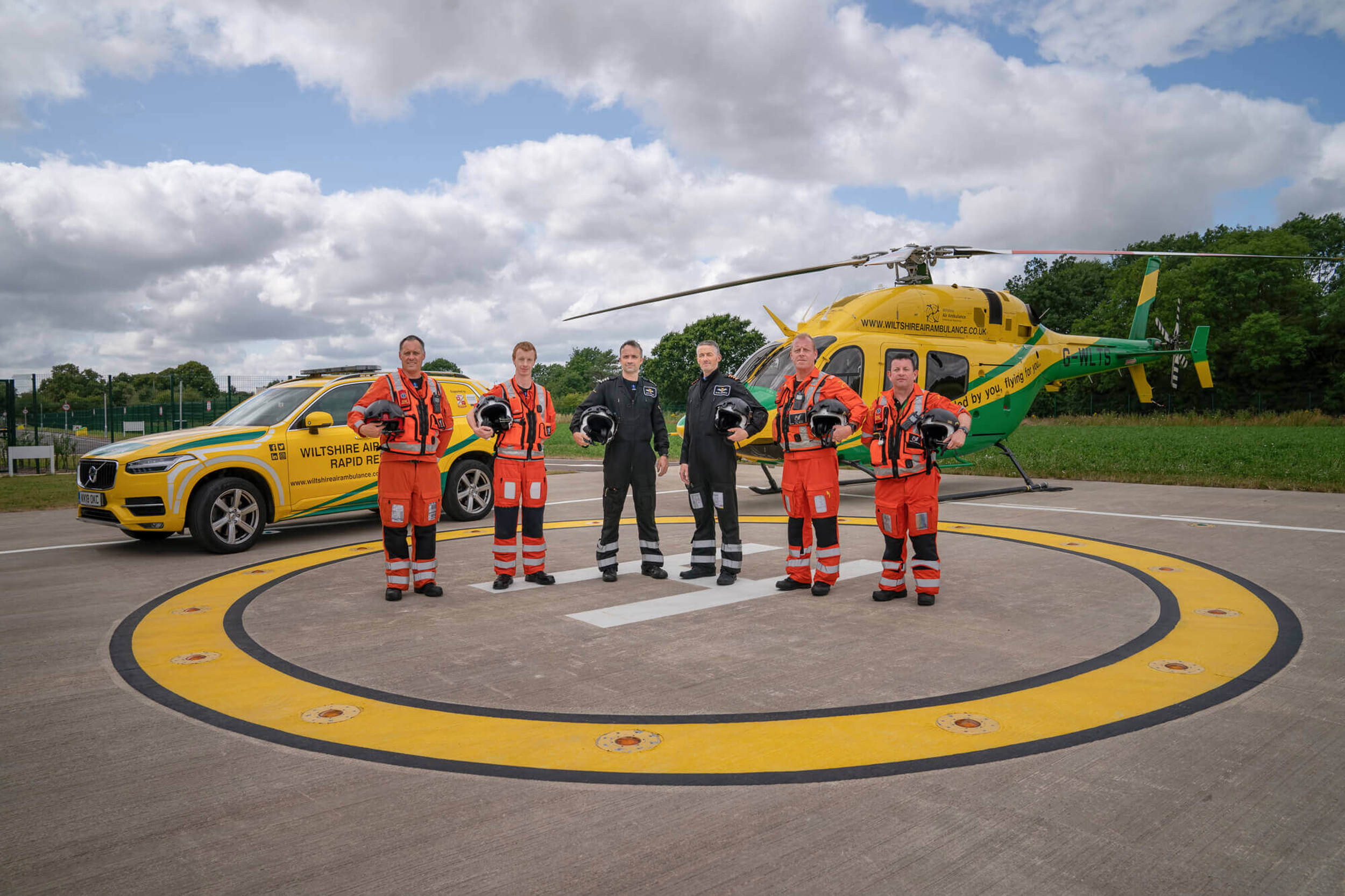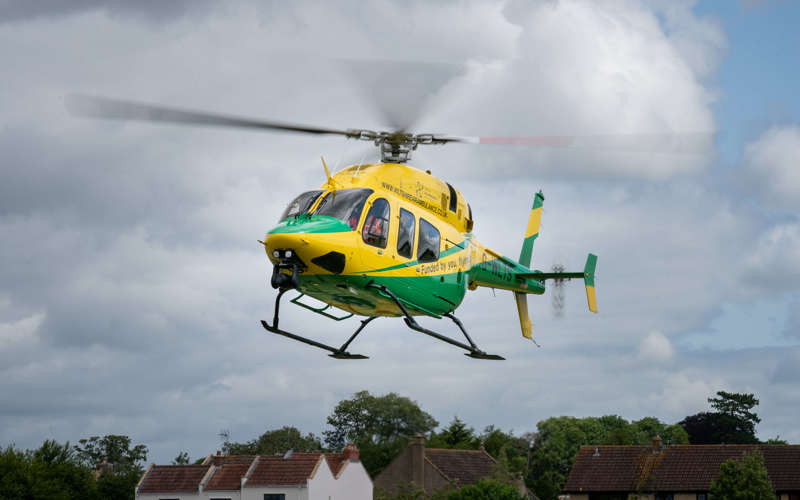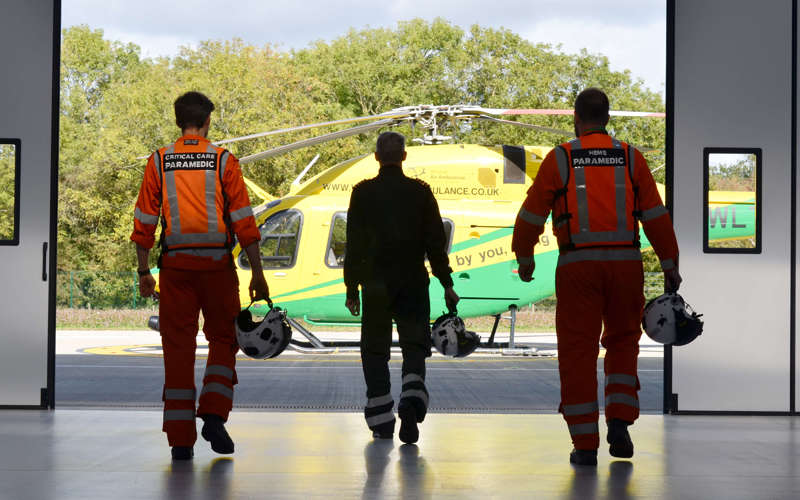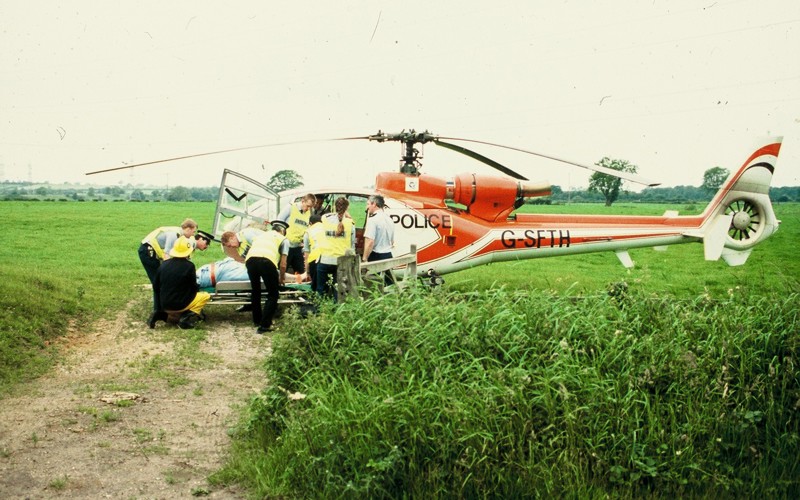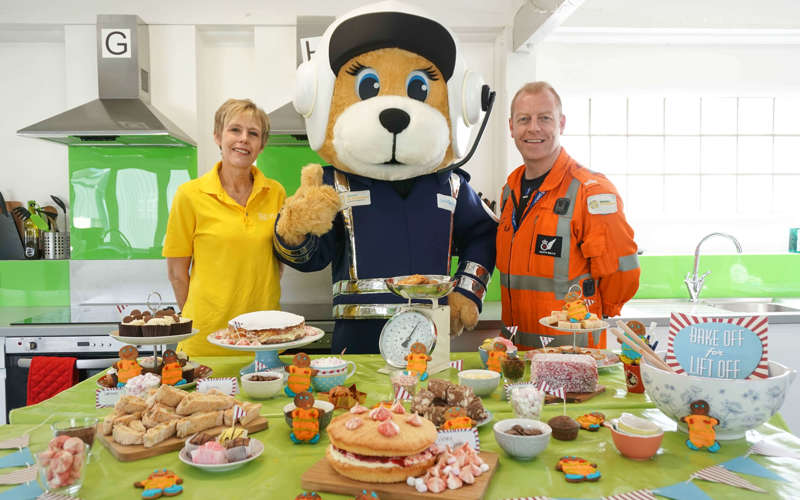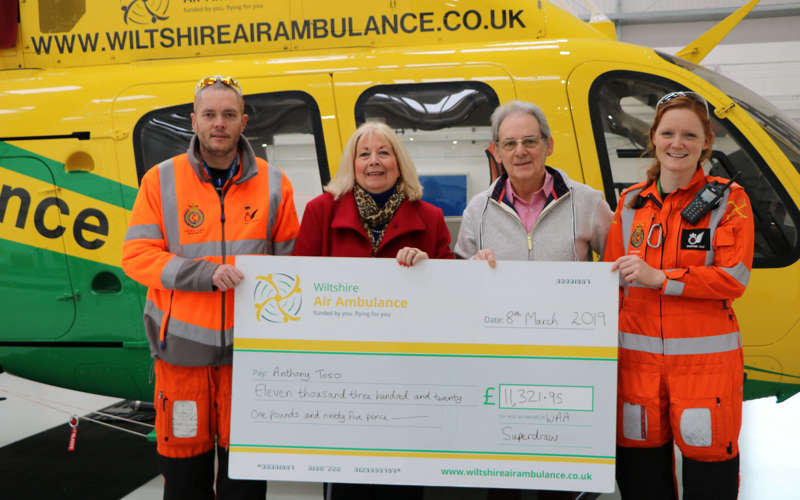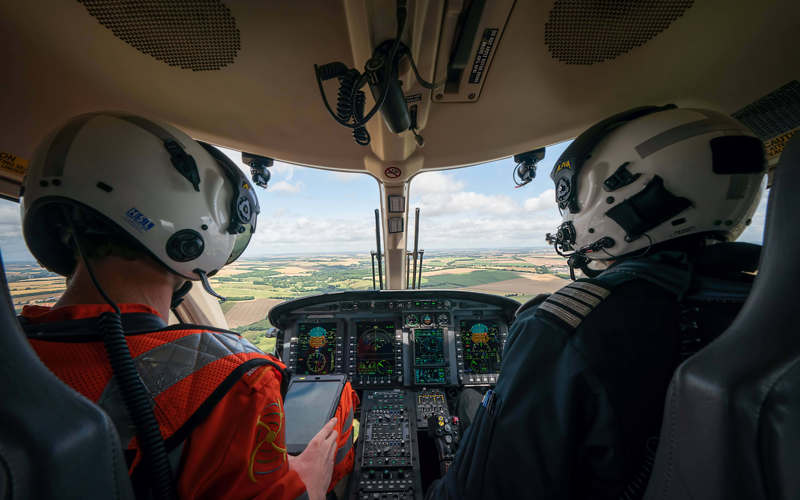All about the governance and finance of our charity. It is vitally important to us that we are accountable to our staff, volunteers, supporters, donors, suppliers and those who we fly to.
Our helicopter
We carry out our Helicopter Emergency Medical Service (HEMS) in a Bell 429 helicopter.
Our helicopter registration number is G-WLTS, with the call sign Helimed 22.
It can reach a top speed of 178 mph and is branded in yellow and green.
On board, our pilot will sit in the front right seat, with a critical care paramedic in the front left. The paramedic is responsible for assisting navigation and radio communications with the HEMS tasking desk.
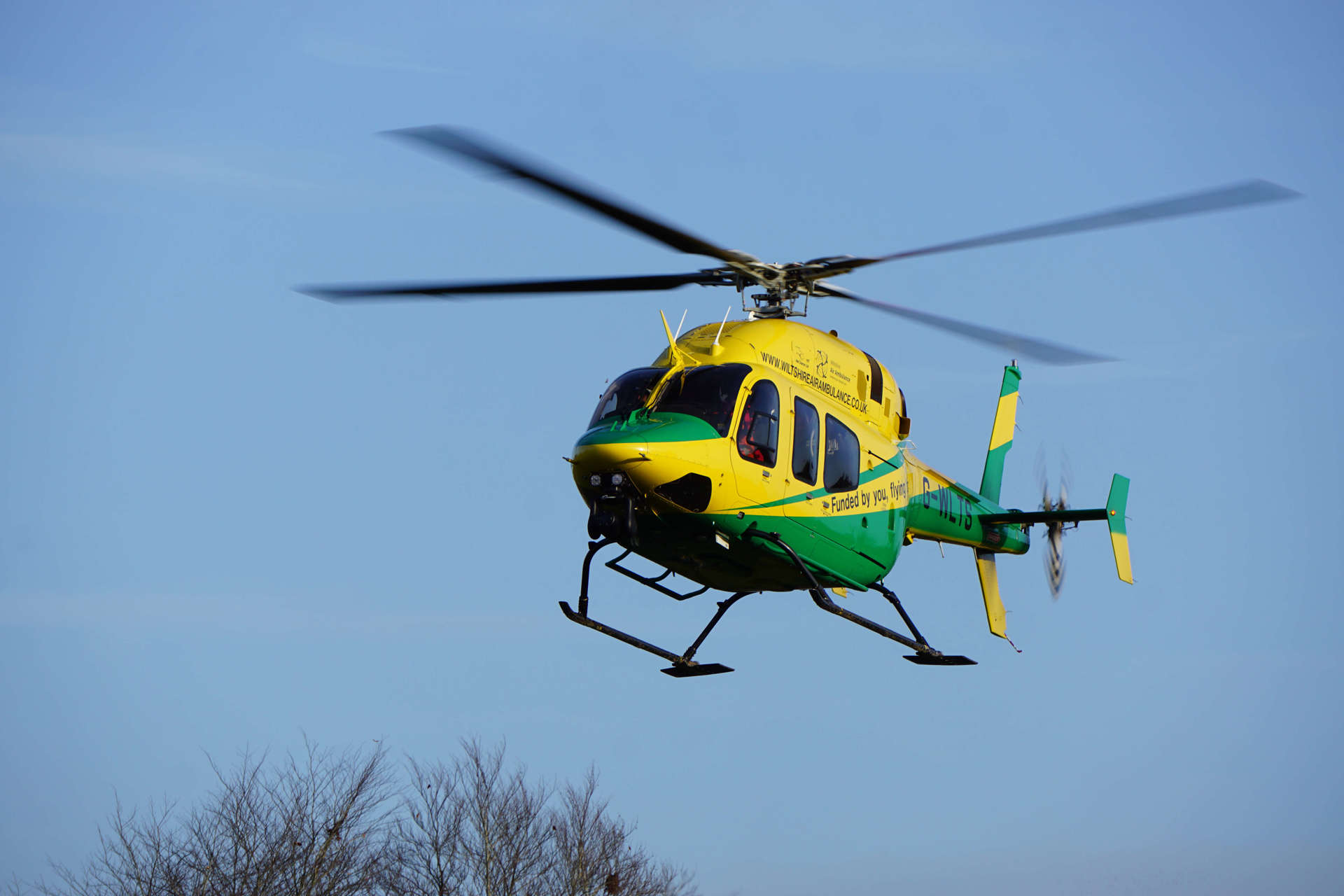
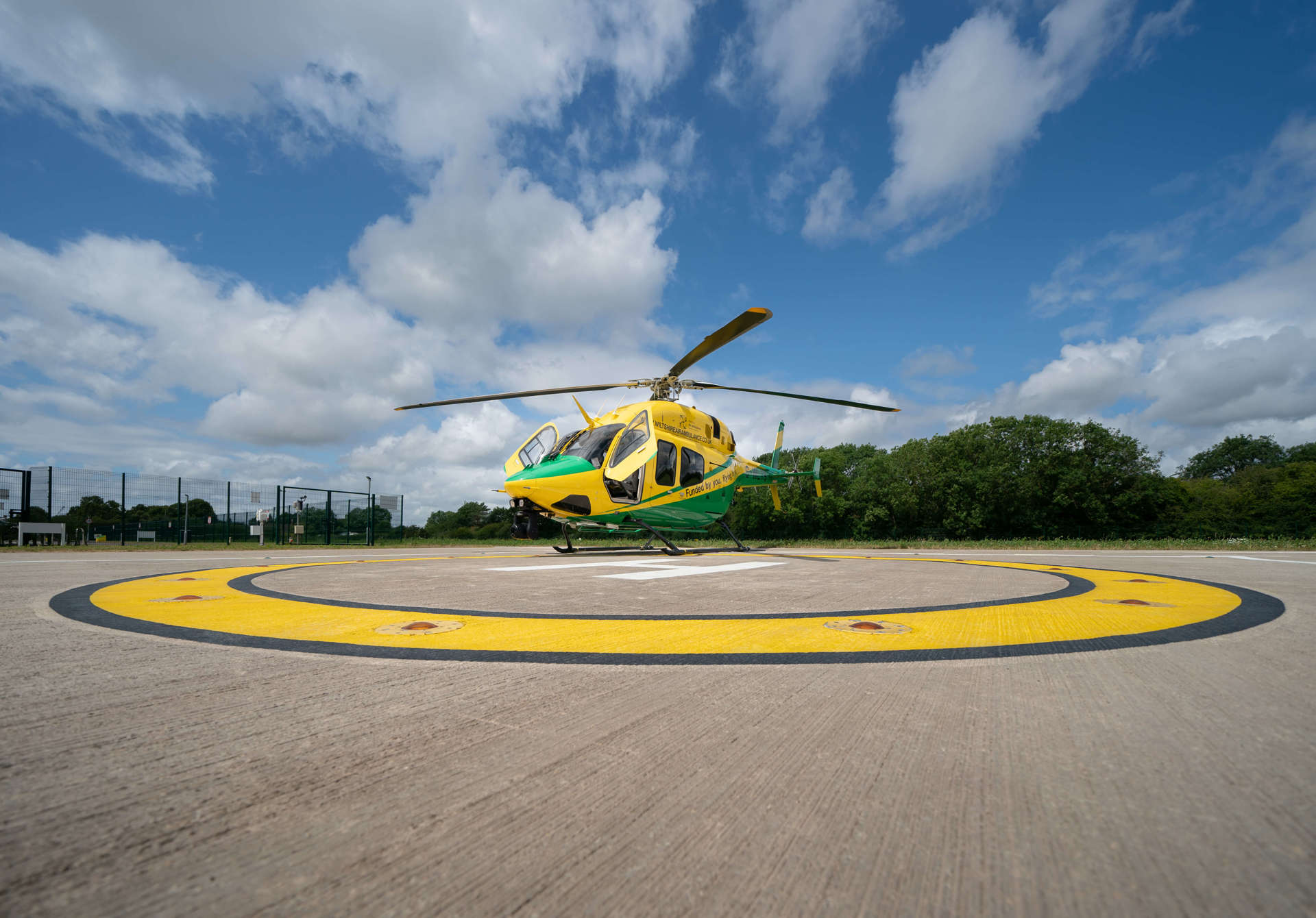
The critical paramedic or critical care doctor that sits in the rear cabin is the clinical lead and will manage the treatment of the patient at the scene.
If we airlift a patient, they will be sideloaded into the rear cabin and we do have the option to carry a parent or carer on board if we are conveying a child.
We carry all the equipment you would expect to find on a land ambulance – and more. We also carry two units of O Positive red blood cells, two units of O Negative red blood cells and four units of Lyoplas.
Wiltshire Air Ambulance needs £4.5million a year to continue its lifesaving service
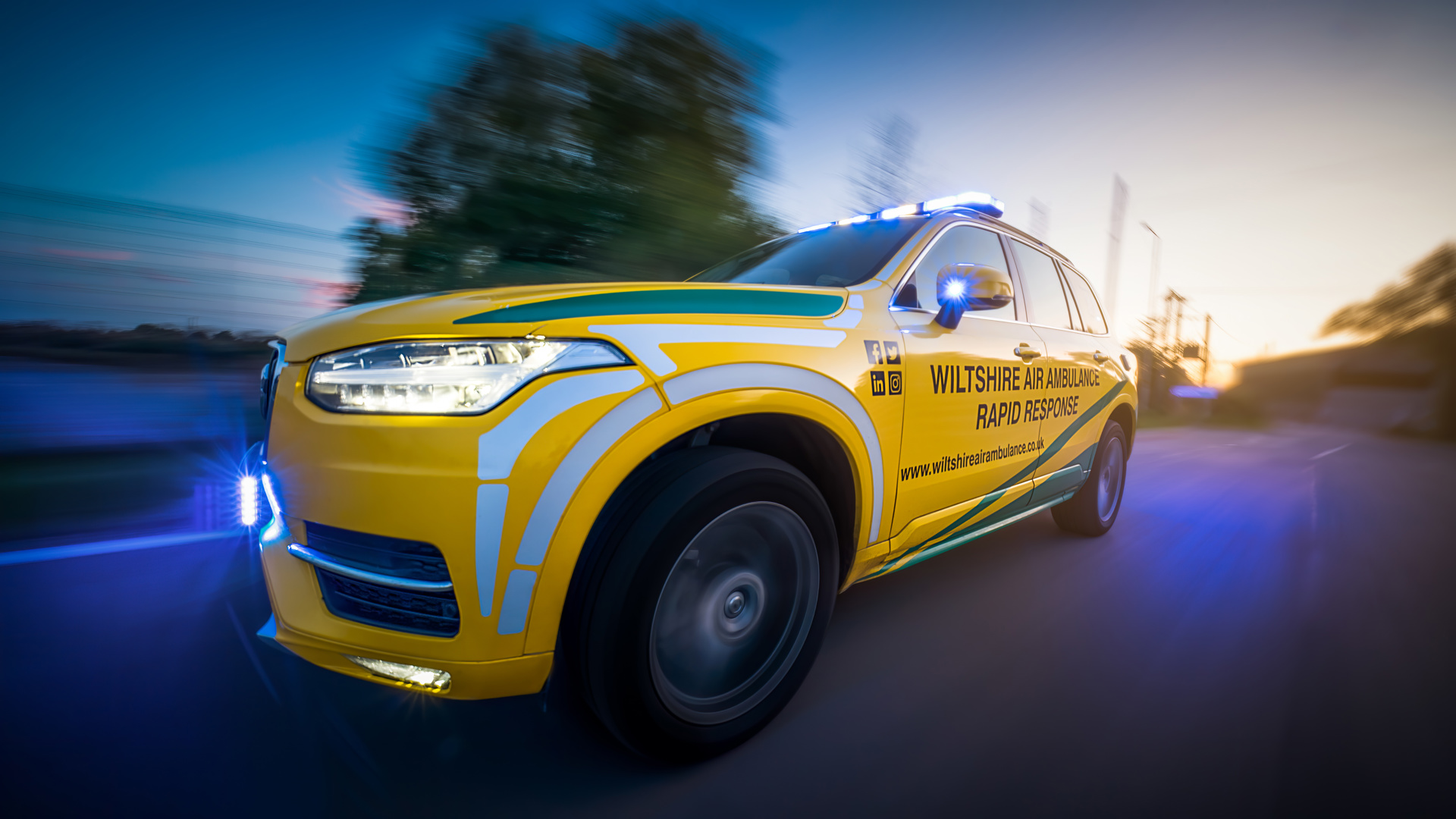
Our critical care cars
We have two critical care cars at the charity, with the call signs CC 22 and CC 23.
Our critical care paramedics and critical care doctors will travel to incidents by road when the helicopter is unavailable (poor weather conditions, undergoing maintenance, etc) or if the mission is particularly close by.
The cars are a Volvo XC90 and BMW X5 – both of which are fitted with a purpose-built rear storage unit that slides out for ease of use by our team.
The critical care cars store the same equipment as carried on board our helicopter.
At the airbase we have external charging points to ensure the electrical items maintain operational readiness for immediate use.
When we attend missions in our critical care car, we will often land assist a patient to a nearby hospital. This involves supporting the land ambulance with one paramedic on board and the other following behind in the critical care car.
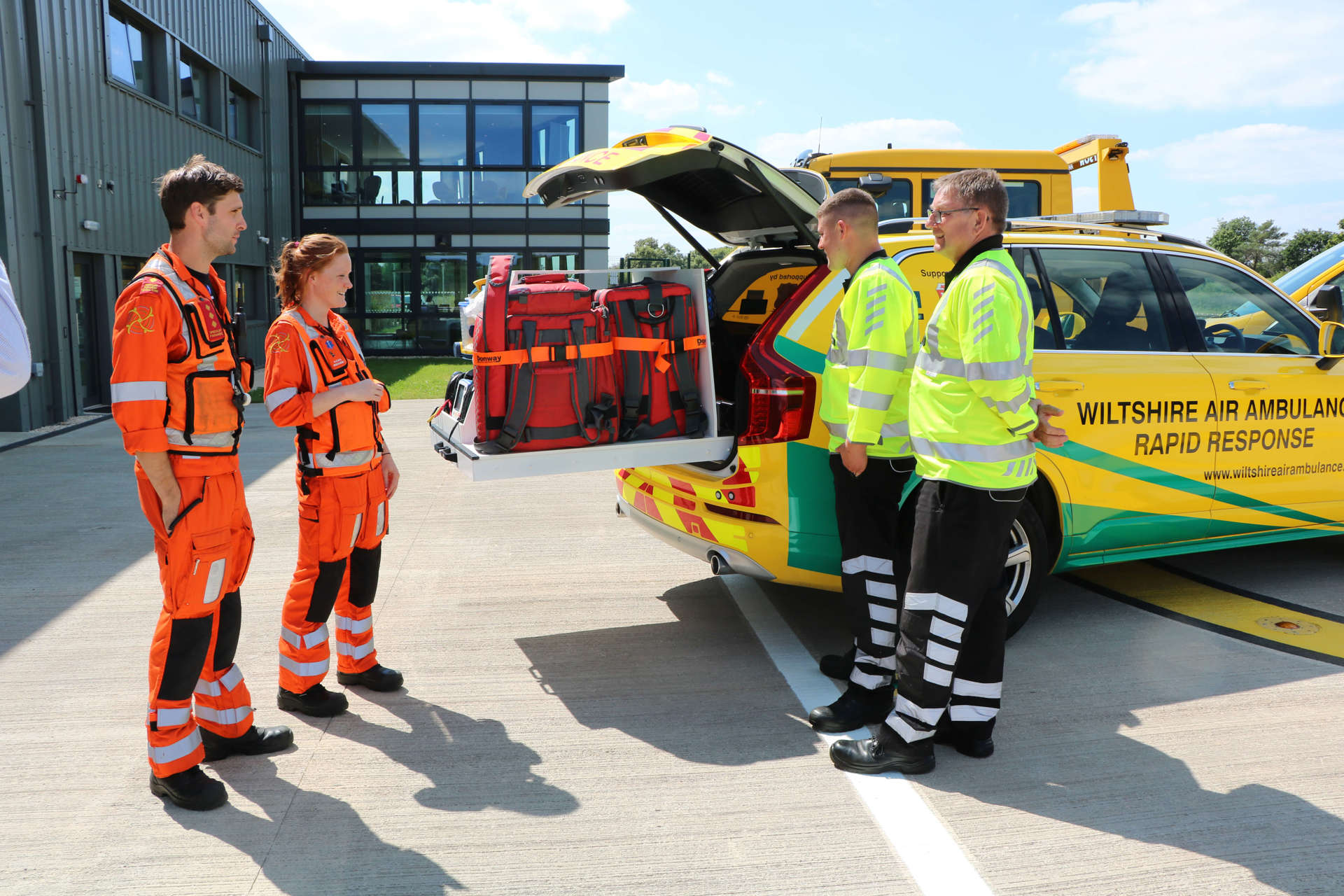
Get in touch
Have you been airlifted by us?
If you or someone you know has been airlifted by our team, it would be great to hear from you. We can arrange for a visit to the airbase for the chance to meet our pilots, paramedics and doctors.
